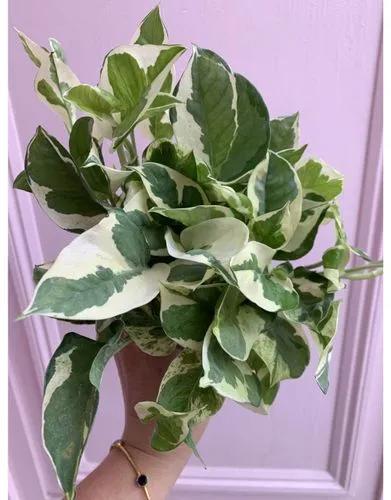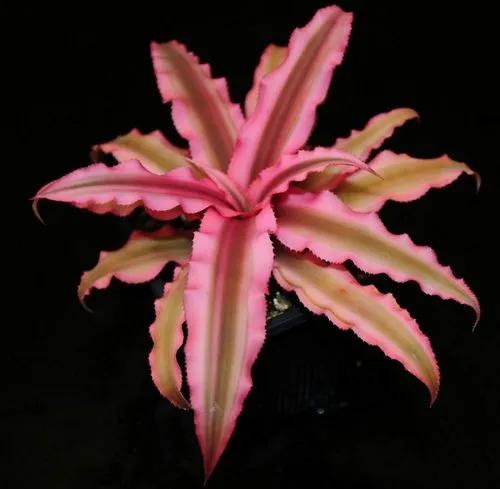The leaves are usually large and imposing, often lobed or deeply cut, and may be more or less pinnate. They can also be oval, spear-shaped, or in many other possible shape variations. The leaves are borne alternately on the stem. A quality of philodendrons is that they do not have a single type of leaf on the same plant. Instead, they have juvenile leaves and adult leaves, which can be drastically different from one another. The leaves of seedling philodendrons are usually heart-shaped early in the life of the plant. But after it has matured past the seedling stage, the leaves will acquire the typical juvenile leaf's shape and size. Later in the philodendron's life, it starts producing adult leaves, a process called metamorphosis. Most philodendrons go through metamorphosis gradually; there is no immediately distinct difference between juvenile and adult leaves. Aside from being typically much bigger than the juvenile leaves, the shape of adult leaves can be significantly different. In fact, considerable taxonomic difficulty has occurred in the past due to these differences, causing juvenile and adult plants to mistakenly be classified as different species. Philodendrons also produce cataphylls, which are modified leaves that surround and protect the newly forming leaves. Cataphylls are usually green, leaf-like, and rigid while they are protecting the leaf. In some species, they can even be rather succulent. Once the leaf has been fully formed, the cataphyll usually remains attached where the stem and base of the leaf meet. In philodendrons, cataphylls typically fall into two categories: deciduous and persistent types. A deciduous cataphyll curls away from the leaf once it has formed, eventually turning brown and drying out, and finally falling off the plant, leaving a scar on the stem where it was attached.
Philodendron 'malay Gold' Care
Philodendron Hybrid Malay Gold



How to Care for the Plant

Water

We recommend allowing the soil to nearly completely dry out between waterings. Signs of it needing more water are drooping leaves. Signs of needing to be watered more often are drooping leaves and browning tips. You can tell if you are overwatering by the leaves yellowing and dropping. Overwatering will eventually lead to root rot which is never fun.

Fertilizer

We recommend fertilizing once a month in spring through summer with a diluted general house plant fertilizer.

Sunlight

This plant enjoys moderate to bright indirect light. It will tolerate lower light conditions as well. If it receives a couple of hours of bright direct morning light that is fine but too much direct bright light will scorch the foliage.

Temperature

Room temperatures of 16-24°C are perfect.

Additional

toxic so please don't eat

Popularity

40 people already have this plant 12 people have added this plant to their wishlists
Discover more plants with the list below
Popular articles






